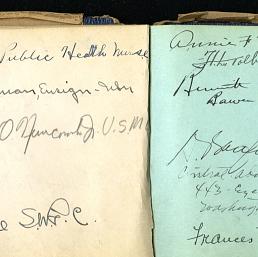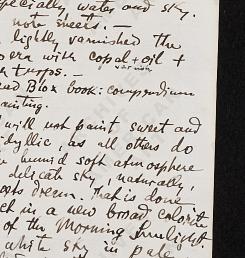Transcribe Handwritten Manuscripts, Letters, Journals, Books, Documents
 For just over a year, there has been a great program at the Smithsonian Institute in Washington, DC (plus its branches), to turn the reams of archival material into digitally searchable files that anyone can view on their own home or public library computer.
For just over a year, there has been a great program at the Smithsonian Institute in Washington, DC (plus its branches), to turn the reams of archival material into digitally searchable files that anyone can view on their own home or public library computer.
The Transcription Center allows any interested person to sift through scanned, handwritten documents and submit their own transcriptions online. On the center’s site, people can click on a photocopy of a document, zoom in, decipher its sentences and send in their typed transcription with a click from the comfort of their hometown. The concept has worked successfully at other site, such as at the University of Iowa Libraries who created “DIY History” to allow people to transcribe some of its 19th century pioneer letters kept in the university library. So far at least 42,000 pages have been transcribed.
For handwritten collections held by the Smithsonian this program can really speed up the information being available to the public anywhere in the world. The Smithsonian staff review and approve final transcriptions and keep both files online for good. There are already over the last years some 3,400 people signed up as volunteers.
There are some 137 million objects to be made digitized. With this new program more papers can be transcribed, word for word and be made available. Not all items have been scanned yet and made available to be uploaded. However, there are over 52,500 pages ready. 
Go to the transcribe site for the Smithsonian to see how to sign up. It walks you through with lessons on how to transcribe, especially reading and understanding older handwritten papers.
Just about any topic is available. Go to the ‘category’ and click on the download arrow to see the selection. As you view the different categories, you can see which they label simple to more difficult to transcribe. Also you can see what has been transcribed to date and still needs editing or proofing. You could help in that area also.
It may not produce anything for your family tree but it will help preserve the information and serve others.
Photos: Autograph Album from 1941-1944 and artist Oscar Bluemner, his journal notes from 1911.
Related FamilyTree.com genealogy blogs:
< Return To Blog